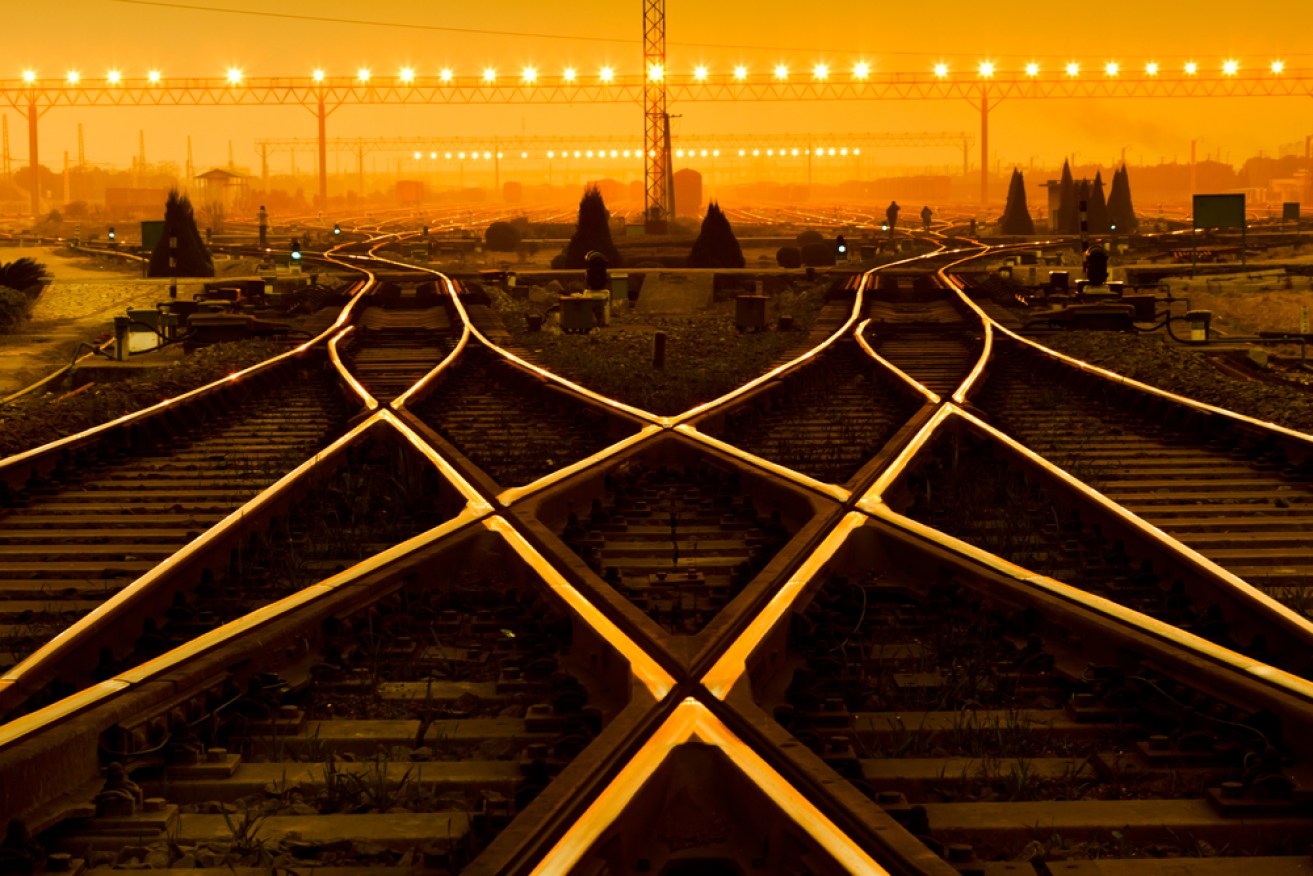Property: where to buy when prices are high


train
Property investors are often fixated on finding our cities’ up-and-coming suburbs, with many competing fiercely to locate the next hotspot on the cusp of gentrification.
The aim is to buy a cheap house in a rundown but promising area, wait for it to boom and then flip it in a few years’ time for a small fortune.
Sunshine, in Melbourne, is a case in point.
• Flashing red signal for house prices is getting brighter
• No winter chill for property market this year: experts
• Dark days for Western Australian property market
In July last year, The Real Estate Institute of Victoria (REIV) announced that the blue-collar suburb had grown by more than 20 per cent in the preceding quarter.
And it’s not the only one.
In the REIV’s March quarter statistics, Mount Waverley, Bentleigh and Beaumaris grew by a staggering 19.7, 18.3 and 16.4 per cent respectively.
Clearly, there is money to be made by buying at the right time in the correct suburb, but how can you tell if an area is about to take off?

The arrival of the hipster is an early sign of gentrification. Photo: Shutterstock
The G-word
It all comes down to gentrification, according to Where Group Property’s Todd Hunter, who urges investors to look for signs that a neighbourhood is beginning to be spruced up.
“It’s about income-debt ratio where, on average, a suburb earns a good income compared to the level of debt required to buy in an area,” Mr Hunter says.
“This extra cash-flow then can be put towards renovating.”
Suburbs with older houses right next to a newer suburb will often do well, he adds, and announcements on infrastructure investment can be a sign that an area is going to start moving, too.
“But even better is following population growth statistics as to where the crowds are moving to,” Mr Hunter says.
Location matters
Historically, the greatest gains have been realised in the inner-city suburbs, but it’s not the only place to look, according to Mr Hunter.
“Inner circles are more expensive areas and property cycles tend to start in the Inner circles then spread outwards to the outer suburbs,” Mr Hunter says.
“Good proximity also comes into play, with accessibility to the CBD for work extremely important, so look for good roads and rail transport.
“This means you can still be in the outer suburbs and get to work very easily.”
Mr Hunter says he tends to “ look where others aren’t” in the lower price points.
“I would be sticking to under $500,000 and avoiding units in inner cities (due to oversupply),” he says.
“And stick to capital cities or larger regional areas — avoid mining towns.”

Buying near a new infrastructure hub isn’t necessarily a sure winner. Photo: Shutterstock
Be wary of hotspots
Michael Yardney of Metropole Properties urges buyers to be cautious when trying to pick the next growth suburb.
“I’ve seen too many investors lose out chasing the next hotspot or following infrastructure changes or look for the next hospital being built,” he says.
“These factors don’t always lead to increased capital growth.”
Mr Yardney also says it is difficult to time the entry point correctly.
“Either they get into the next hotspot too soon and miss out on the opportunity or too late and the heat has left the market,” he says.
Mr Hunter agrees, arguing that the problem with focusing on finding a hotspot is that it’s “past tense”.
“By the time these hotspots are published it’s too late… the growth has already been realised,” he says.
Watch for the ripple effect
Mr Yardney looks out for “the ripple effect” when investing in property.
“What happens here is that when a popular, gentrifying suburb performs strongly and prices rise, affordability and availability of properties locks some buyers out so they look to buy in the next adjacent suburb as an alternative,” he says.
“This increased demand in adjoining suburbs pushes up prices.
“This doesn’t go on forever, and is often blocked by main geographic areas such as main roads or highways, but it is a trend to watch out for.”








